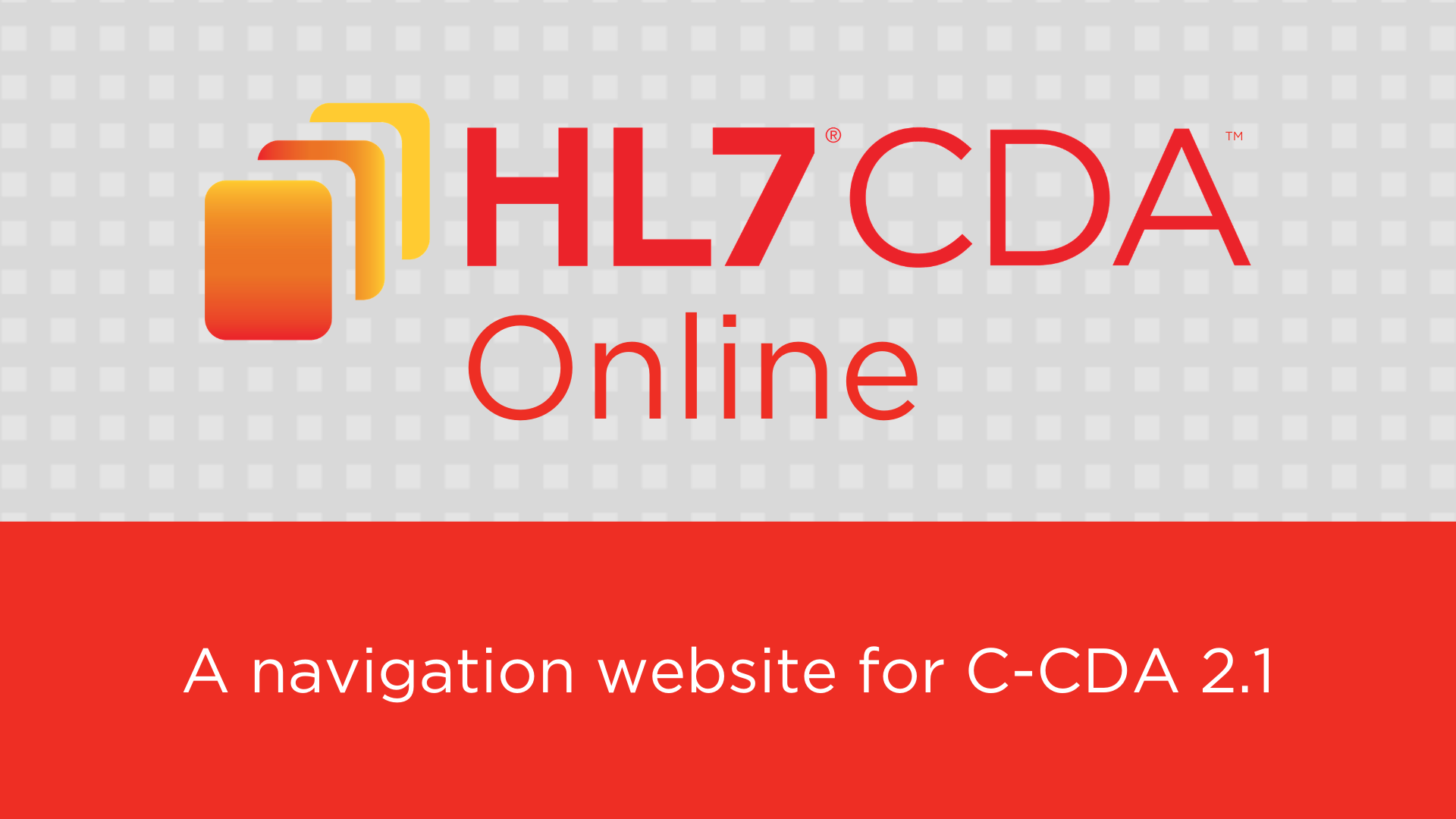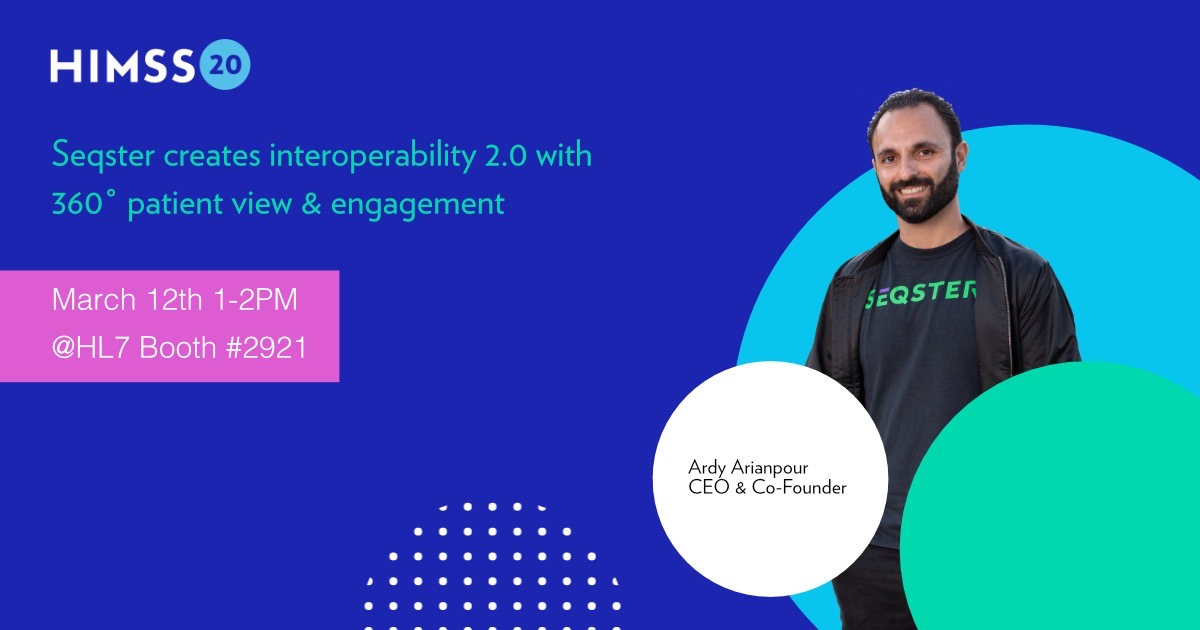By the US Realm Co-Chairs: Brett Marquard, Steve Posnack and Dan Vreeman, DPT
Greetings HL7 community, your US Realm Steering Committee co-chairs come bearing news. For the past few years, we have started to do a “state of the realm” recap for everyone at the January WGM. The full details are available here, but we wanted to celebrate and acknowledge some of 2023’s great work and what’s to come in 2024 through this post as well.
2023
- US Core 6.1.0 and C-CDA Companion Guide R4.1 were published to add USCDI version 3 guidance.
- CDA Web and C-CDA Web were balloted in a common HL7 publication framework.
- US Public Health Library 1.0.0 was published, which represents a domain specific profile library in the US Realm and a foundation for future public health projects.
2024
- US Core will finalize USCDI v4 in May 2024, and then begin v5 design (in the fall).
- C-CDA web publishing, using the FHIR StructureDefinition to support USCDI v4 (now) and then v5 (in the fall).
- Now that ONC’s HTI-1 Final Rule is out and concrete dates are set, the industry transition from US Core 3.1.1 as a baseline to 6.1.0 is upon us. US Realm, in collaboration with other work groups, will be prioritizing its time to focus on supporting this migration. Please engage early and often this year as transition issues pop-up for you.








